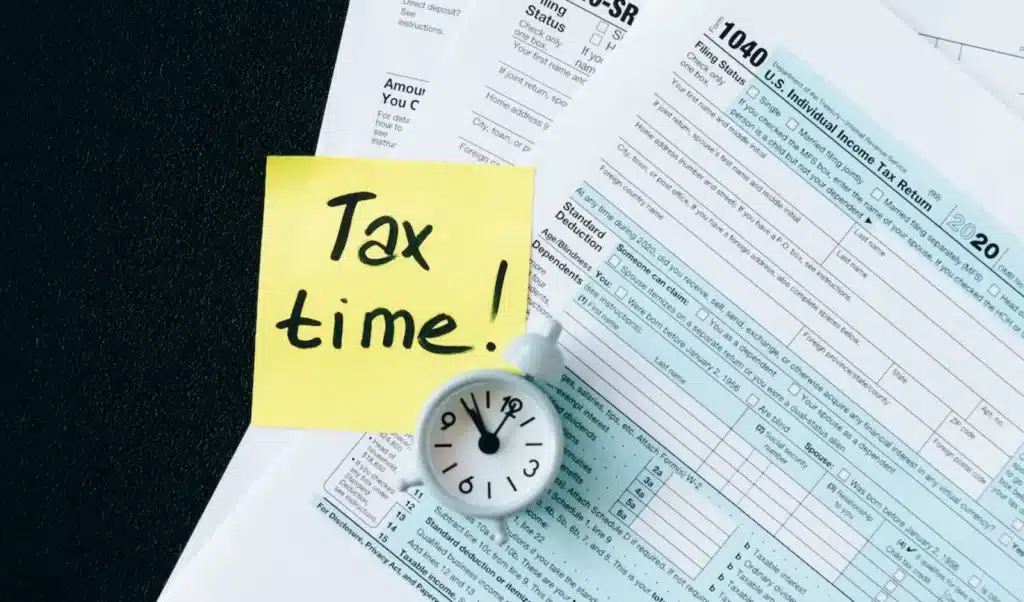Westlaw News & Insights reported on February 17, 2011, that Starr & Company LLC and Starr Investment Advisors LLC filed for Chapter 7 bankruptcy in the cases Re Starr Investment Advisors, LLC, U.S. Bankruptcy Court for the Southern District of New York, No. 11-10639 and Re: Starr & Company, LLC, in the same court, No. 11-10637. In 2010, the founder of the companies, Kenneth Ira Starr, pleaded guilty to stealing between $20 million and $50 million from celebrity investors. The bankruptcy filings list among the creditors, Liza Minnelli, Uma Thurman, Paul Simon, Tom Brokaw, Phil Donahue and Harvey Weinstein. The assets listed in the bankruptcy filing include about $140,000 plus some artwork. Priority creditors include the companies’ employees. In its indictment in June 2010, the U.S. Attorney’s office for the Southern District of New York said it would seize Florida real estate and over $29 million Starr stole in the criminal case USA v. Starr, U.S. District Court for the Southern District of New York, No. 1:10-cr-00520, but if there are not enough assets to repay creditors, a bankruptcy trustee could seek repayment from investors who cashed out early, as with the preference claims actions in the Bernard Madoff bankruptcy case.
A business may file bankruptcy in Chapter 7, 11, or 13. A sole proprietor can file either Chapter 13 or Chapter 7. Either Chapter 7 or 13 can be used for personal debts or business debts. Proprietorships can’t file bankruptcy alone because the liabilities of the business are just one form of assets of the proprietors. The proprietors file personal bankruptcy.
For a limited liability company, corporation, or partnership, the owners may file bankruptcy separately under the name of the business and individually. For the shareholder, limited liability company owner, or general partner who personally guarantees or pledges collateral for business debts, putting the business through bankruptcy does not protect personal property. Filing personal bankruptcy protects personal assets because only personal bankruptcy deals with personal property.
Chapter 7 may be the choice when a business has no future, no substantial assets, or the debts are so overwhelming that restructuring is not feasible. Dischargeable debts get discharged to let the business owner start over. In a Chapter 7, a trustee gets appointed to manage the liquidation so this frees up the owner’s time to look for employment or do other things. Many businesses are meant to exist for a specified period of time. Sometimes closures mean success because the owner moves on to as retirement or a lucrative job. No matter all things are taken away in bankruptcy, no one can take away the owner’s talents and instincts that built the business.
If the business is a corporation, it will not use Chapter 7 because corporations don’t get discharged. In a Chapter 13, the business owner proposes a court-monitored repayment plan to repay part or all of the debt over three to five years. In a Chapter 11, the debtor proposes a reorganization plan to keep a business going and pay creditors over time.
A New York business owner in debt should engage an experienced bankruptcy attorney to evaluate the bankruptcy options.







